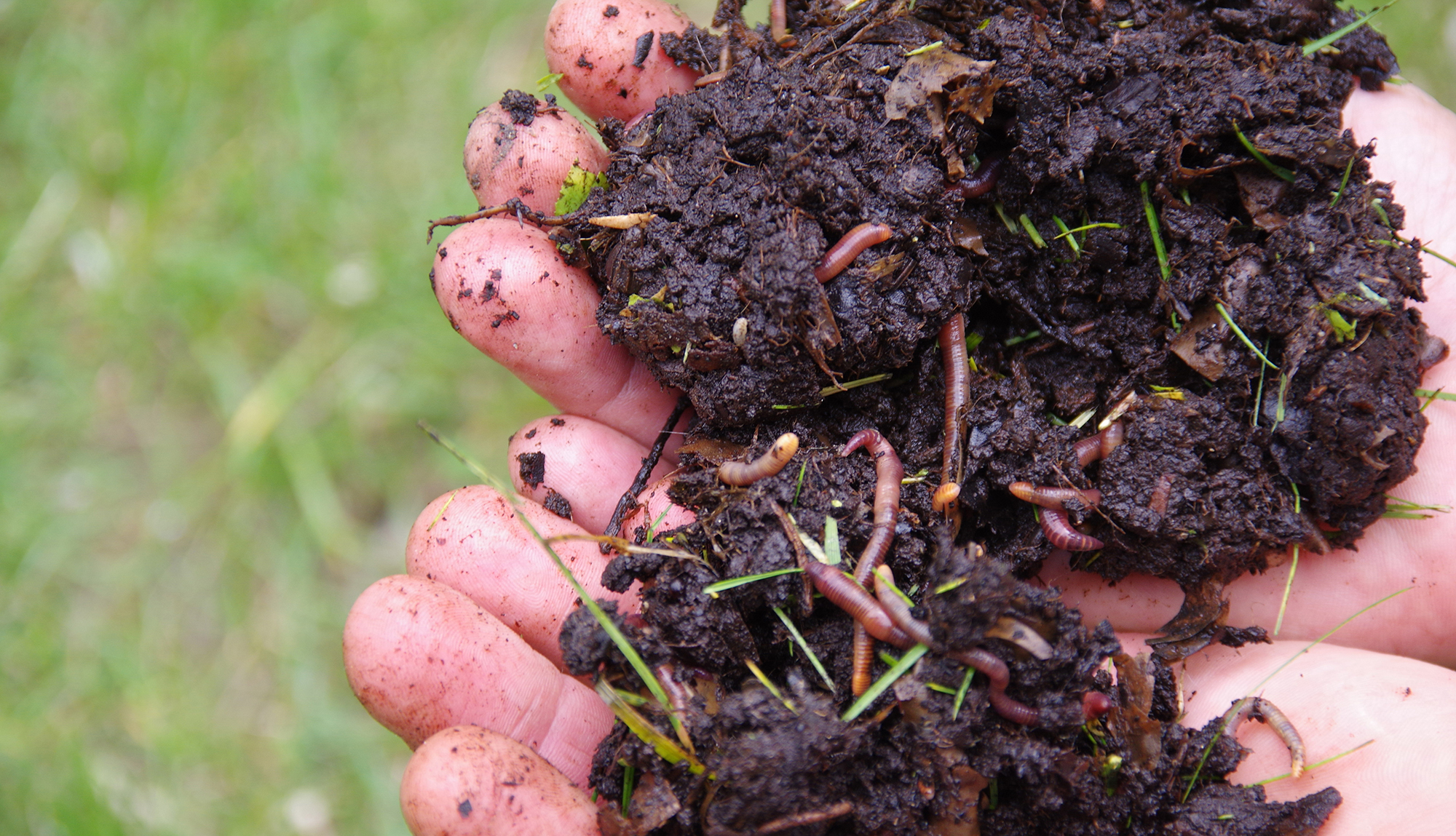Gardeners and farmers will be quick to tell you that earthworms are their allies, mixing and aerating the soil as they dig their burrows. But they do a lot more than that, as the work of Joann Whalen, a professor and researcher in the Department of Natural Resource Sciences at McGill University, has shown.
In clay soils, earthworm burrows facilitated drainage and reduced surface runoff.
The scientist used earthworms and their tunnels to validate water and nutrient cycle models in different fields in southern Québec, several of which had heavy clay soils. This type of soil poses a challenge, retaining so much water in spring that it is difficult to plough. Farmers must resort to artificial drainage systems to remove the excess water from the field. The problem is that much of the fertilizer needed by crops is washed away, often ending up in nearby watercourses, where some elements, such as phosphorus, contribute to excessive algae formation.
Joann Whalen and her team brought soil samples back to the laboratory, where they watered them with coloured water to follow and quantify the transport of water and nutrients. They observed that, in clay soils, earthworm burrows facilitated drainage and reduced surface runoff. Conversely, when there were few or no earthworms, the water infiltrated less easily and there was greater nutrient loss through runoff.
In light of these findings, the researcher recommends that farmers leave a strip of uncultivated land between the field and the agricultural drain, providing a buffer zone to capture nutrients. She also suggests the addition of organic matter – which earthworms love! – to attract as many earthworms as possible, and limiting soil compaction to preserve their burrows, which serve as a natural drainage system.




